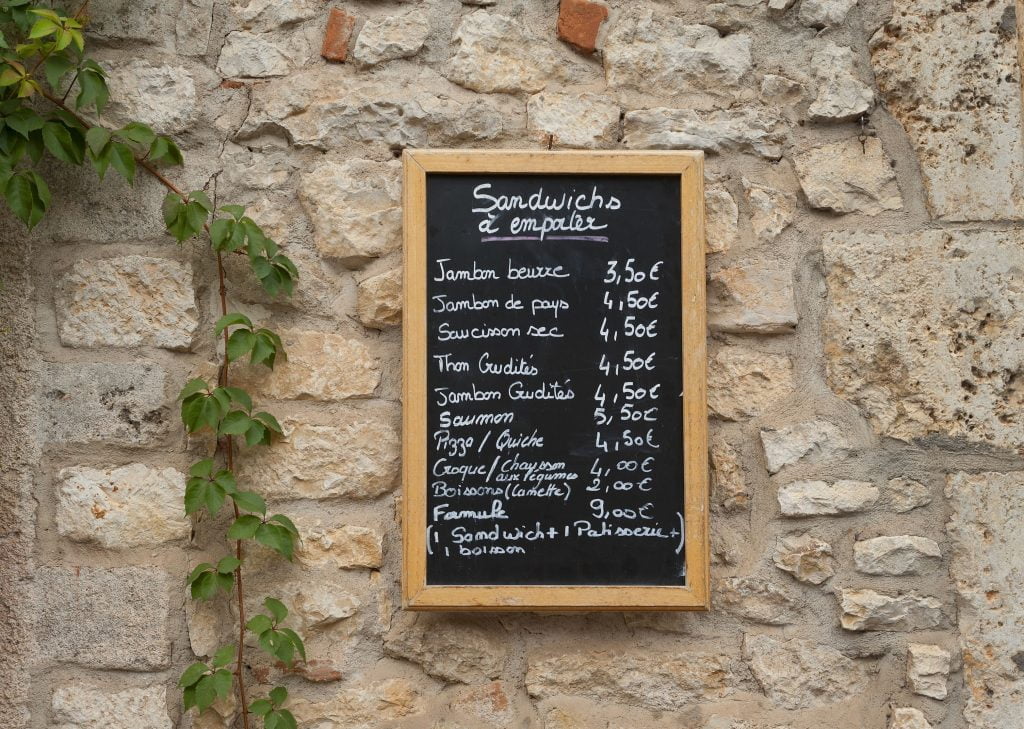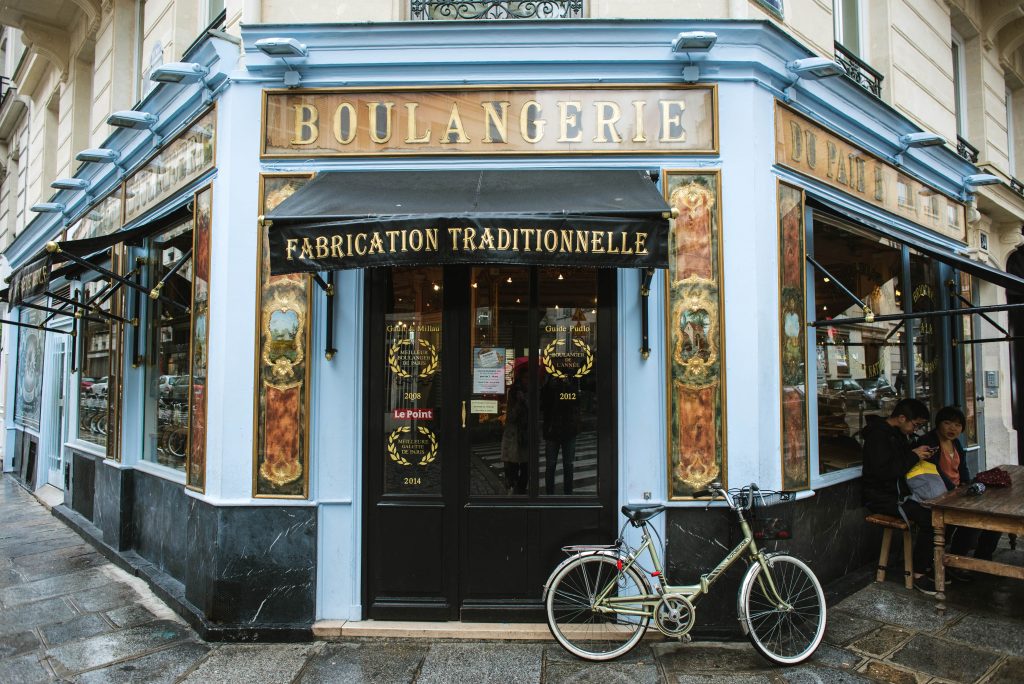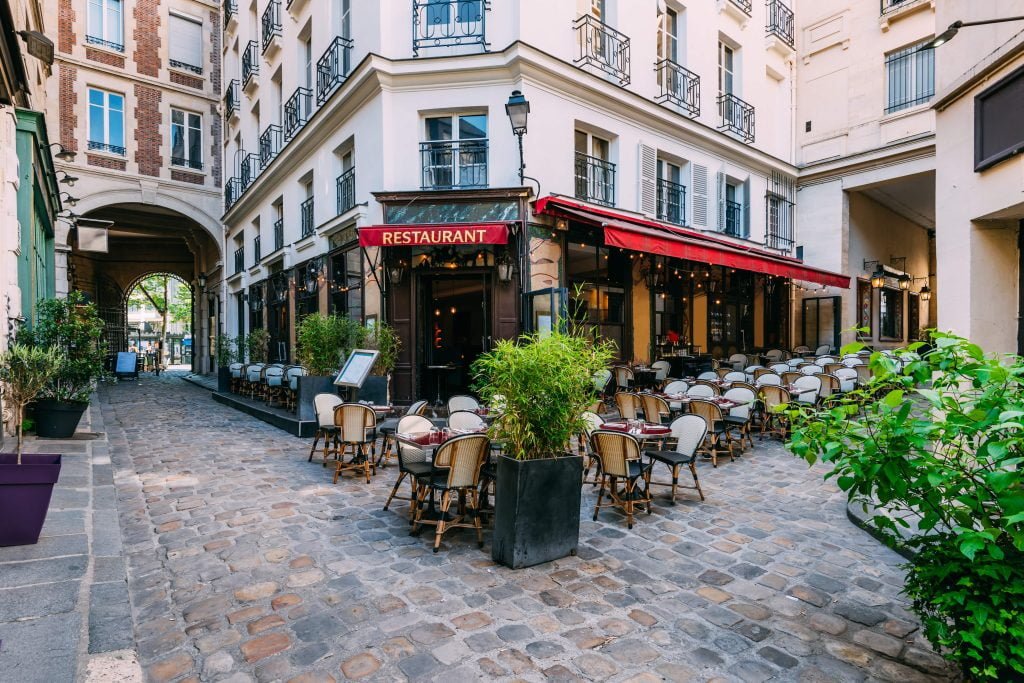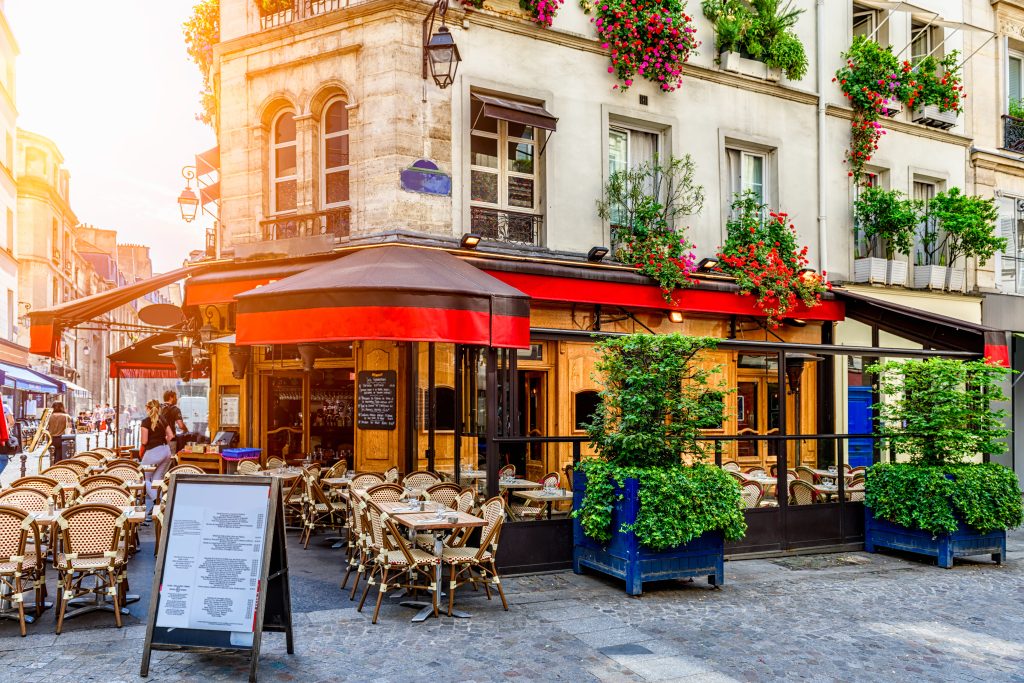Opening a restaurant is a dream for many people who want to take their destiny into their own hands. One of the most important aspects for the success of this project is your choice of location. In this article, we’ll look at several key elements to consider when selecting a location for your restaurant. We’ll conclude with some general advice to help you make the best possible decision. So let’s take a look at “Opening a restaurant: key steps to a profitable location”.
1. Demographics and catchment area
When choosing a location for your restaurant, it’s essential to understand the demographics and the catchment area. You need to determine the type of clientele you want to attract. Study the purchasing power of local residents. Analyze demographic data such as age, gender and profession. Take into account the income of people in the area in question to make sure they match your target. You owe it to yourself to produce a concise market study.
2. Accessibility and Visibility: key steps to a profitable location
A restaurant needs to be easy for customers to access, with a visible location and nearby parking options. This is an undeniable plus for increasing customer volume. Choose a venue that suits your concept and types of catering. Visibility is also important; a restaurant located on a busier street will benefit from it. But beware: a busy street is not necessarily a sign of success.




3. The importance of your restaurant’s façade
The importance of a restaurant’s façade should not be underestimated. It plays a crucial role in attracting and retaining customers. A restaurant’s facade is the first impression a customer has of your establishment. It’s essential to take care of it to arouse interest and make people want to walk through the door. Here are a few reasons why a restaurant’s facade is so important:
- Attracting the attention of passers-by: An attractive, well-designed facade catches the eye of passers-by. It encourages them to stop and find out more about your restaurant. Colors, materials and lighting must be in harmony with your establishment’s identity. It must create a strong visual impact.
- Highlight the restaurant’s identity: The facade should reflect your restaurant’s concept, style and personality. It must give a clear idea of the culinary experience as well as the level of service customers can expect inside. This can be done through the choice of colors, materials, typography and logo.
- Incite curiosity: A well-designed façade should arouse the curiosity of passers-by and make them want to discover what’s hidden inside. Playing on transparency, with large windows allowing a glimpse of the interior ambience and the dishes on offer, can be an excellent way of attracting potential customers.
- Enhance brand awareness: A well-designed facade, consistent with your brand image, helps to raise your restaurant’s profile. Customers who have enjoyed their experience with you will be more likely to remember your establishment. If the façade is memorable and distinctive, they’ll recommend it to their friends and family.
- Improving the perception of quality: A well-kept, well-maintained façade gives an impression of professionalism and quality. A restaurant that attaches importance to the aesthetics of its façade also attaches importance to the quality of its cuisine. But also its service.
In short, a restaurant’s facade is a key element in attracting and retaining customers. It must reflect the identity of the establishment, arouse curiosity and inspire the desire to discover the culinary experience on offer. Don’t neglect this aspect when setting up your restaurant. Because it can make a major contribution to your success.
Mistakes to avoid when opening a restaurant: find out more…
4. Proximity to competitors
Study the competition in the area where you want to open your restaurant. If the market is saturated with restaurants similar to yours, it will be harder for you to succeed. However, a certain level of competition can be beneficial. This indicates a demand for this type of restaurant in the region. You need to find a balance. Choose a location with healthy competition and sufficient space for your restaurant.
5. Rent and service charges
The cost of rent and utilities is a crucial factor in choosing a location for your restaurant. Rent that’s too high can eat into your profits and make it difficult to make your business profitable. Look for a location with affordable rent. The various charges and costs must be reasonable. Keep in mind other important factors such as visibility and accessibility. You’ll need to negotiate your lease.

6. Size and layout of premises
The size and layout of the premises are essential. You need to take them into account when selecting a location for your restaurant. You need to ensure that the space can accommodate the kitchen, dining room and other necessary facilities. What’s more, the layout must be practical and functional to facilitate the circulation of customers and staff. Too much space could result in additional operating costs. And if the space is too small, it may not be profitable.
7. Growth potential
The growth of the area in which a restaurant is located is a key factor to take into account. Think about this when selecting the ideal location for your establishment. This fast-growing area offers many opportunities and advantages for restaurateurs. Here are just a few of the reasons why the importance of location growth should not be overlooked:
- Increased demand: A growing area usually means an influx of new residents, shops and businesses. This dynamic is driving up demand for catering services. By choosing a location in a developing area, you can be sure of benefiting from a constantly evolving market and a growing customer base.
- Competitive advantages: locating in a fast-growing area gives you a competitive edge. By being among the first to move in, you can become a local reference for new residents and workers. It also gives you the opportunity to adapt quickly to changing market needs and stand out from the crowd.
- Investment potential: Growth areas are often places where real estate investment and development projects are underway or planned. This can lead to an increase in property values in the area, which can be beneficial if you own your own establishment or are considering selling your restaurant in the future.
- Partnership opportunities: An expanding zone offers many opportunities to forge partnerships with other local companies. You can work with local suppliers to offer fresh, quality products, or create synergies with other businesses to attract mutual customers.
- Infrastructure improvements: Growth areas are often accompanied by infrastructure improvements, such as public transport, roads and parking lots. This makes it easier for customers to get to your restaurant, which is a major asset in attracting and retaining customers.
Conclusion
The importance of growing a restaurant’s footprint should not be underestimated. Choosing a location in a developing area offers many opportunities and advantages. One example is the increase in customer numbers and business volume. The other aspect is your investment in the project. The growth of the economic zone is a factor in the choice of location. Take all these factors into account when selecting a location for your restaurant. It’s important to optimize your chances of success and long-term profitability for your future restaurant.












